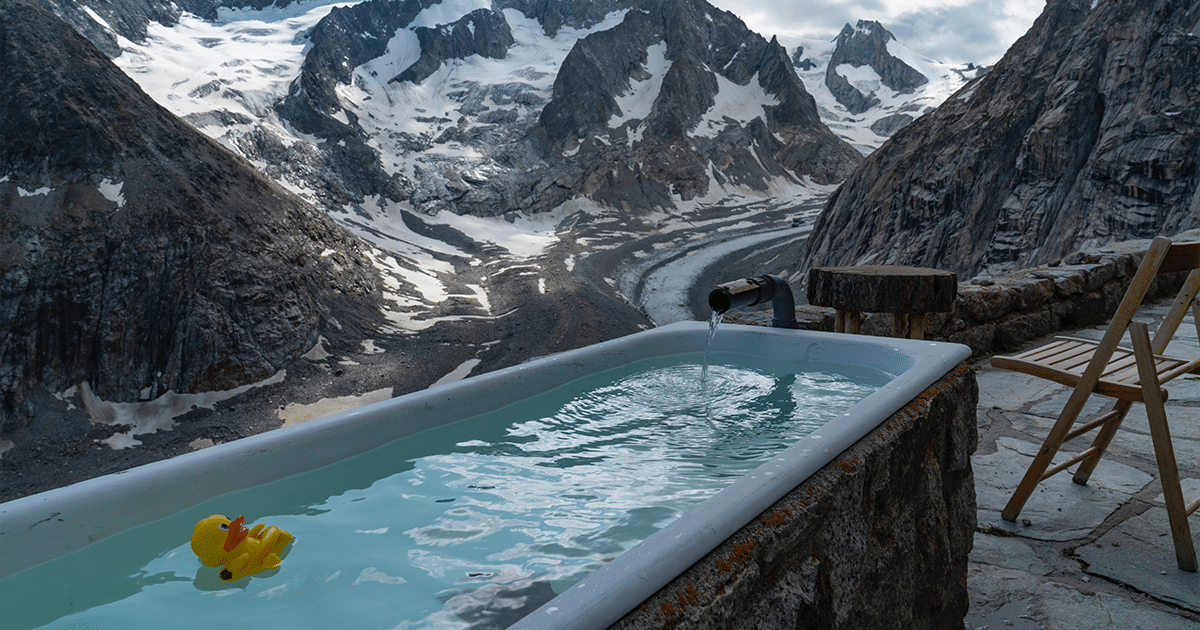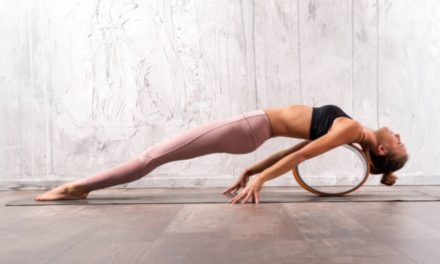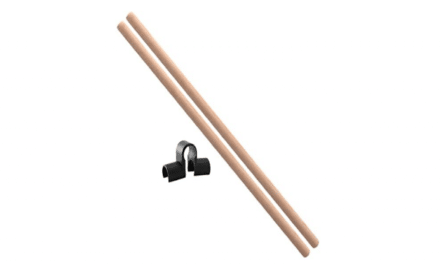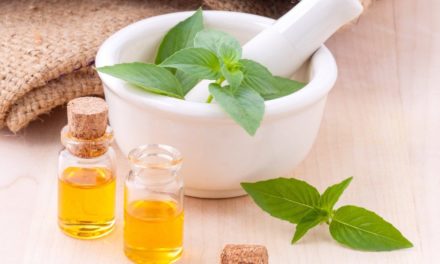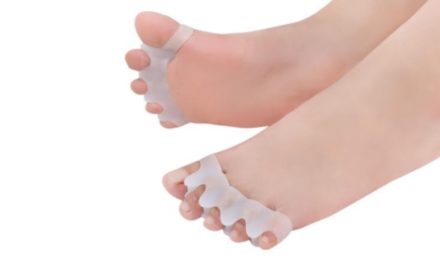Given my fascination with the Wim Hof regimen, I have been exploring the use of Ice Baths for recovery. I have been doing cold showers for a long time, but Ice Baths are on another level that helps me feel refreshed. Cold Water therapy commonly uses water around 59 Fahrenheit or 15 Celsius; the coldest temperature I have done it with is 50 Fahrenheit or 10 Celsius. In the blog, I will explore tips for getting started with Ice Baths, safety tips, their benefits, and my experiences.
Tips to getting started
I will use Healthline’s Article “Beat the Heat with a Cold bath: 8 Tips for a Refreshing Dip” and personal insights to give some advice.
- Start with a cold shower. As mentioned, I have been doing cold showers for a long time. I usually start the water hot and turn it to cold for the last two minutes. I prefer having it run down my face and having my hands directly under the ice water. I then focus on pouring the water on my chest, back and legs. As there are benefits for both hot and cold showers, I prefer to do both but feel free to only to cold showers if you want.
- Focus on the hands, face, and feet. As cold water is most impactful on our extremities, dipping our hands, feet, or face in cold water can be useful. You can fill a bucket or bowl with cold water and add ice cubes. This helps improve blood flow to these areas and increases your tolerance for cold water.
- Add Ice Bags. I started by doing ice baths with an inflatable, filling it up with cold water and ice cubes. I measured the temperature to ensure it was at least below 15 Celsius. I started with 15 and have slowly worked my way to 10 Celsius.
- Practice Breathing. Before getting into the water, I like to breathe rapidly through my nose and out through my mouth. I am for a two-second inhale and a two-second exhale. When I first enter the ice bath, I maintain this rhythm. After I begin to relax and tolerate the cold, I would lengthen my exhales and inhales to around 5 seconds.
- Purchase a proper ice bath. Following using the inflatable, I wanted to get a proper ice bath so it would be easy to change the temperature of the water and stop me from needing to purchase ice every time I do this. It is in the process of being delivered, but I am very excited for this.
- Swim in the ocean or a cold pool. I swim in the ocean 1-2 times a week, and with winter approaching, it is getting colder and colder. Normally, the water temperature remains at 12 Celsius throughout the year where I am. I used to have a pool where I used to live, which would become very cold in winter, which would also be a good solution.
- Getting outside in the winter. I do not have snow where I am living, but as winter is approaching, after I swim in the ocean, it is windy and freezing until I get changed. While different to ice baths, it becomes another form of cold exposure that can improve your cold tolerance. Walking around outside when it is cold, without sufficient clothing to keep you warm, is also great for increasing your tolerance.
Safety Tips for Ice Baths
Healthline’s article explains that cold water immersion can temporarily raise blood pressure, spike your heart rate, and trigger the release of glucose or energy from the liver. These short-term consequences can be dangerous for some people. They recommend speaking with your doctor before jumping in a cold bath if you have high blood pressure, a heart condition, and already high blood sugar levels. Another article from Healthline, “What to know about cold water therapy” also mentions that you need to warm up as quickly as you can after you get out by putting on extra layers of clothing, eating or drinking something warm, and get out of your wet clothes so you can dry off. Make sure to warm up through natural means or through the gradual warming of a sauna, because having a shower may create a sudden blood flow change which could make you pass out. Also, keep your cold water exposure brief, as you can get most of the benefits you need after a few minutes.
As for other advice, I always have someone watching over me in the ice bath. While unlikely, it is possible to faint. I built my tolerance over a long period, through cold showers and swimming in the cold ocean and pool. With the ice bath specifically, I started at 15 Celsius, and when I felt ready moved to 14 Celsius and continued this process until I reached 10 Celsius. I also developed strategies to keep myself relaxed and reduce my heart rate. The rapid breathing I detailed before, or the Wim Hof Method, is best for me.
Benefits of Ice Baths
There are many scientifically proven benefits and anecdotal evidence of its benefits. I will focus on the ones proven by science. Healthline’s article “What to know about cold water therapy” details various benefits.
- Less muscle soreness. According to medical experts, cold waters cause your blood vessels to constrict, reducing blood flow to the area, which reduces swelling and inflammation.
- Faster cooldown if you’re overheated. Having your whole body immersed in cold water can lower your body temperature rapidly, especially when compared to a cool environment.
- May ease symptoms of depression. Some studies suggest that cold water exposure can alleviate symptoms of depression and anxiety in some people. Some other studies found cold showers could decrease depressive symptoms in individuals not diagnosed with depression.
- May boost your immune system. There is some evidence that cold water therapy can stimulate your body’s immune system. A study showed that the bodies produced more anti-inflammatory chemicals and fewer pro-inflammatory cytokines following exposure to a bacterial infection.
- Weight loss. While more evidence is needed, some studies have shown that immersion in cold water can speed up your metabolism and help you burn more calories. This could help with weight loss, but there has not been any large studies proving that immersion in ice water can result in significant weight loss.
My Experiences with the Ice Bath
I have found numerous benefits ranging from mood to sleep and my recovery. It feels empowering to see my cold tolerance increasing and that I can maintain relaxation despite being in a high-stress environment. Cold water now feels refreshing and energising for me. I would recommend trying some cold exposure for yourself and building up your tolerance to do the ice bath. If required, consult your doctor and follow the tips to maintain your safety.

